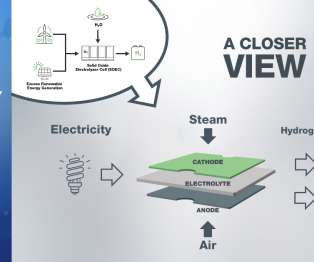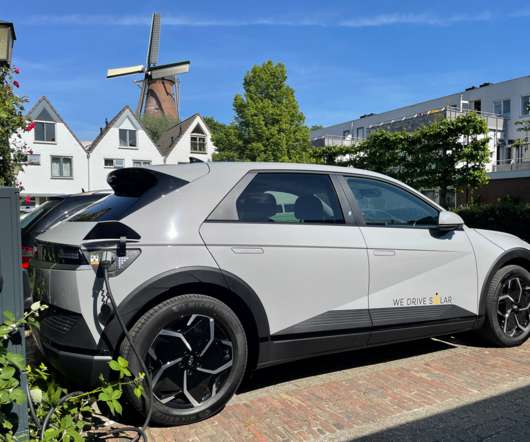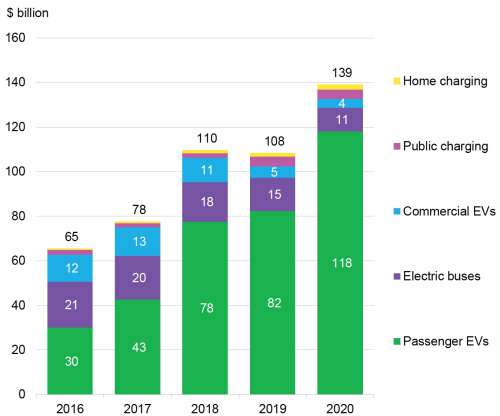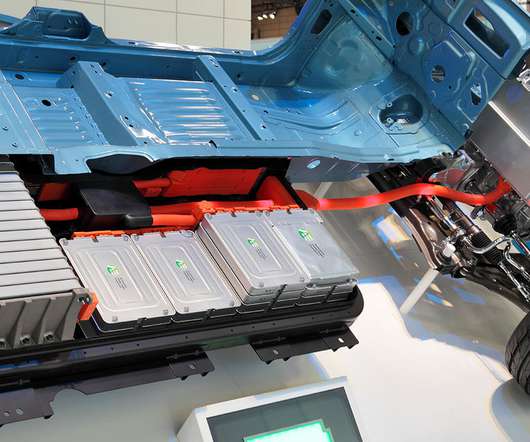SOFC-maker Bloom Energy announces initial strategy for hydrogen market entry; partnership with SK
Green Car Congress
JULY 20, 2020
These products will be first introduced to the South Korean market in 2021 through an expanded partnership with SK Engineering and Construction (SK E&C), an affiliate of SK Group. Bloom’s technologies can be critical in enabling South Korea to execute on its government-mandated Hydrogen Economy Roadmap.













Let's personalize your content